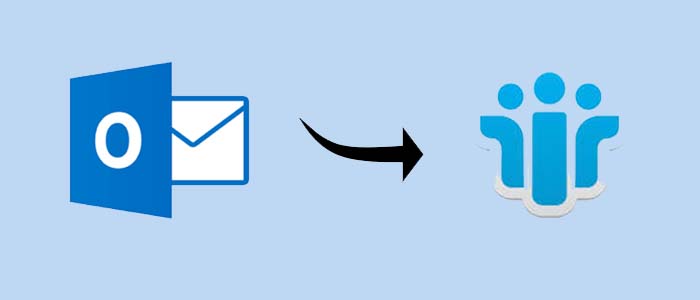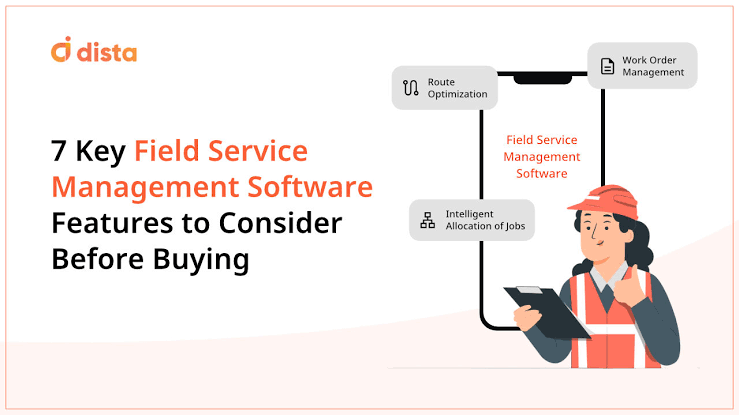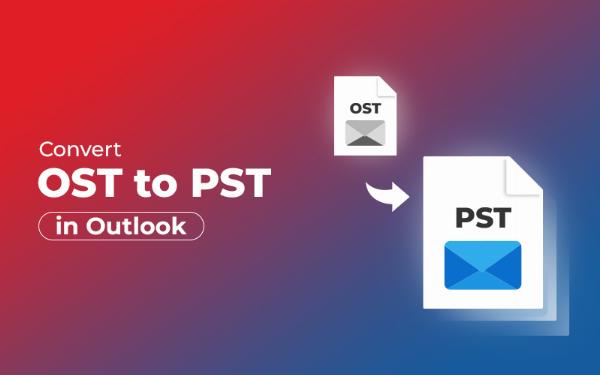How Salesforce ERP Integration Transformed Order Management

Strong 8k brings an ultra-HD IPTV experience to your living room and your pocket.
The Challenge of Disconnected Order Management
A mid-sized manufacturing and distribution company was experiencing severe inefficiencies in order management. The sales team used Salesforce CRM to manage customer interactions, track leads, and close deals. Meanwhile, the Operations and Finance teams relied on an ERP system for inventory, invoicing, and fulfillment.
However, the lack of integration between these two critical systems caused multiple problems:
- Delayed Order Processing: Orders were manually transferred from Salesforce to the ERP system, causing delays and errors.
- Inventory Mismatches: Sales teams had no real-time visibility into stock levels, leading to over-selling or under-selling.
- Billing and Invoice Errors: Finance teams often receive incomplete order details, leading to discrepancies in invoicing and delayed payments.
- Poor Customer Experience: Customers had to wait for longer processing times, reducing satisfaction and repeat business.
The company knew it needed a scalable, automated solution to unify its Salesforce CRM and ERP to optimize order management and improve operational efficiency.
The Solution: Integrating Salesforce with ERP for Seamless Order Management
The company decided to implement Salesforce ERP Integration, creating a real-time, bidirectional data flow between CRM and ERP. The goal was to automate the entire order lifecycle—from sales to fulfillment to invoicing—without manual intervention.
Here’s how the integration was implemented:
1. Automating Order Processing
Before integration, sales reps had to manually enter order details into the ERP system, leading to bottlenecks. With Salesforce ERP integration, order details were automatically transferred from Salesforce to ERP the moment a deal was marked as "Closed-Won."
Impact:
- Orders moved instantly from Salesforce to ERP without manual effort.
- Faster fulfillment, reducing processing times by over 30%.
- Elimination of data entry errors, improving order accuracy.
2. Real-Time Inventory Updates in Salesforce
A significant challenge was the lack of real-time inventory visibility for sales teams. Sales reps often promised delivery without knowing actual stock levels, leading to order cancellations and unhappy customers.
With the ERP integration, inventory levels were synchronized in real-time with Salesforce, ensuring that sales teams always had the latest data.
Impact:
- Sales reps could see live inventory in Salesforce before closing deals.
- Reduction in over-selling and stockouts.
- Optimized warehouse planning and replenishment.
3. Automatic Invoice Generation and Payment Tracking
Before integration, the finance team manually extracted order details from Salesforce and entered them into the ERP system for invoicing. This led to errors, missed payments, and delayed cash flow.
- With Salesforce ERP integration, the invoicing process was fully automated:
- Once an order was created in ERP, an invoice was automatically generated and sent to customers.
- Payment status updates were instantly reflected in Salesforce, allowing sales teams to track outstanding invoices.
Impact:
- 90% reduction in invoicing errors.
- Faster cash flow with automated billing and reminders.
- Sales and finance teams had a single view of customer payments.
4. Enhancing Customer Experience with Faster Order Fulfillment
Before the integration, customers often experienced delays in order confirmation and fulfillment due to slow data syncing between systems. The lack of a unified system made it difficult to track customer orders and provide accurate delivery timelines.
With Salesforce ERP integration:
- Order statuses were updated in real-time, ensuring sales and customer support teams had the latest information.
- Customers received automated notifications at every stage (order confirmation, processing, shipping, and delivery).
Impact:
- 40% improvement in order fulfillment speed.
- Proactive communication to customers, enhancing satisfaction.
- Reduced order cancellations due to better tracking.
5. Data-Driven Decision Making with Unified Reports
Before integration, leadership teams struggled with fragmented data—sales reports were in Salesforce, while revenue reports were in ERP. The lack of a centralized view made it difficult to forecast demand, analyze revenue trends, and optimize sales strategies.
After Salesforce ERP integration, all key business metrics were available in a single dashboard, including:
- Sales pipeline and revenue forecasts
- Order-to-cash cycle insights
- Inventory performance tracking
Impact:
- Faster decision-making with unified reports.
- Improved demand forecasting for inventory management.
- Data-driven strategy alignment across sales, finance, and operations.
The Business Impact: Transforming Order Management with Salesforce ERP Integration
Within just 6 months of implementing Salesforce ERP integration, the company saw measurable improvements:
Key Results:
- 30% faster order processing with real-time data flow.
- 25% reduction in order fulfillment time, leading to higher customer satisfaction.
- 90% fewer invoicing errors through automated billing and payment tracking.
- 20% revenue growth due to improved sales efficiency and reduced delays.
- Enhanced inventory management, preventing stockouts and overstocking.
Before Integration: Orders were delayed, data silos existed, and errors were common.
After Integration: A streamlined, automated order management system improved speed, accuracy, and customer experience.
Why Salesforce ERP Integration is a Must-Have for Order Management
If your business is struggling with manual order processing, fragmented systems, and inefficiencies, Salesforce ERP integration is the solution. Here’s why:
- Automated Order Processing – No more manual data entry; orders sync in real-time.
- Seamless Inventory Updates – Sales teams always have the latest stock visibility.
- Faster Invoicing & Payments – Automated billing improves cash flow.
- Enhanced Customer Experience – Faster fulfillment and proactive updates.
- Better Business Insights – A unified view of sales, orders, and revenue.
Whether you are in manufacturing, retail, finance, or healthcare, integrating Salesforce with ERP will help you streamline operations, reduce costs, and accelerate business growth.
Looking to Optimize Your Order Management System?
Salesforce ERP integration is the key to eliminating inefficiencies and scaling your business. Our Salesforce Integration Services can help you connect your CRM and ERP seamlessly, ensuring automation, accuracy, and growth.
Also, read: 7 High-Impact Actions After Salesforce and ERP Integration
Note: IndiBlogHub features both user-submitted and editorial content. We do not verify third-party contributions. Read our Disclaimer and Privacy Policyfor details.







